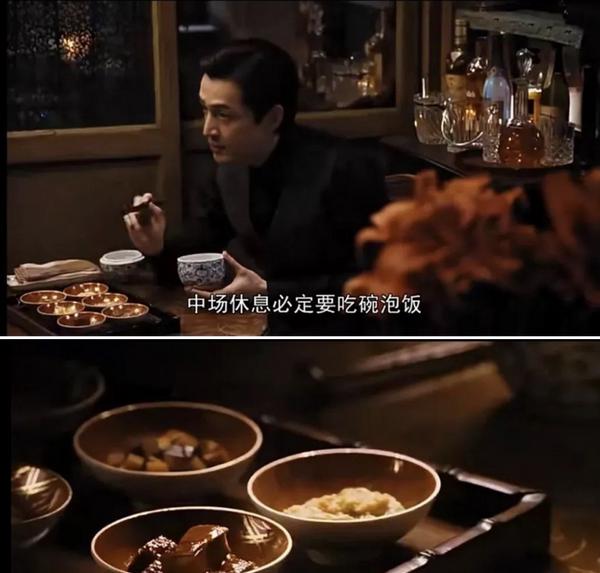Shanghai Restaurant's $200 Rice Porridge: Luxury Dining or Marketing Gimmick?
A Shanghai restaurant sparked controversy by offering a white rice porridge dish for 200 yuan ($28) per pot, serving 4-6 people. The owner justifies the price citing premium ingredients like organic rice and imported Evian water, while emphasizing it targets high-end customers.

The recent controversy over a Shanghai restaurant’s premium white rice porridge highlights the evolving landscape of China’s luxury dining scene. Located in Shanghai’s affluent Pudong district near the bustling Century Avenue, this establishment has created significant buzz with its 200 yuan ($28) Chaoshan-style rice porridge.
At first glance, the price point appears shocking for what is traditionally considered a humble comfort food in Chinese cuisine. However, deeper analysis reveals several key factors behind this premium positioning.
The restaurant owner emphasizes quality ingredients as the primary justification - organic Northeast China rice cooked with French Evian mineral water. This attention to ingredient sourcing follows a broader trend in China’s high-end dining sector, where premium ingredients are increasingly used to elevate simple dishes.
The pricing strategy deliberately targets affluent consumers. As the owner candidly stated, “This wasn’t initially meant for mass consumption. Some friends tried it, liked it, and we added it to the menu.” The restaurant maintains these prices have remained consistent for over a decade, suggesting a stable luxury customer base.
The portion size is substantial, serving 4-6 people, making the per-person cost more reasonable at approximately 33-50 yuan. The dish comes with traditional accompaniments and is prepared through a labor-intensive process, with staff cooking each order fresh upon request.
Market positioning plays a crucial role. The restaurant’s location in Shanghai’s financial district, where real estate prices exceed 90,000 yuan per square meter, naturally caters to a wealthy clientele. Regular customers reportedly call even late at night requesting this porridge, indicating strong demand despite the premium pricing.
The controversy also reflects broader societal discussions about luxury consumption in China. While some criticize the high price as excessive, others defend it as legitimate market segmentation. The restaurant maintains transparent pricing with clearly displayed menu costs, allowing customers to make informed choices.
Local market regulators have noted that as long as prices are clearly displayed and no deceptive practices are involved, businesses have the right to set their own prices based on market conditions. This aligns with China’s broader policy of encouraging consumption across different market segments.
Most intriguingly, this may represent a new trend in Chinese dining where traditionally simple dishes are being reimagined as luxury experiences. Similar to how traditional Chinese tea ceremonies have been elevated to premium experiences, basic staples like rice porridge are finding new life in the luxury segment.
The question ultimately becomes not whether such pricing is justified, but rather what it reveals about evolving consumer preferences and market segmentation in China’s dynamic food service industry.